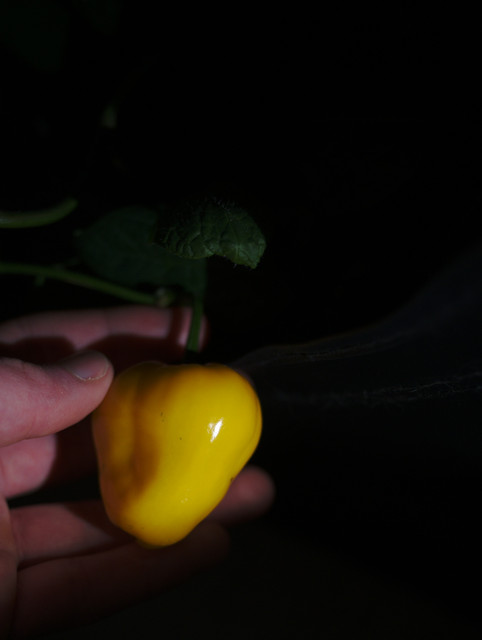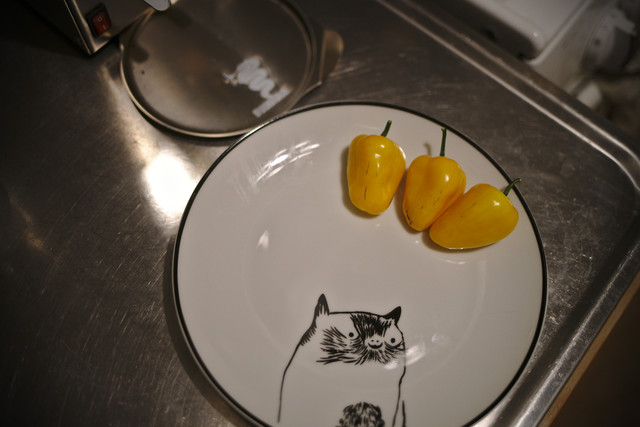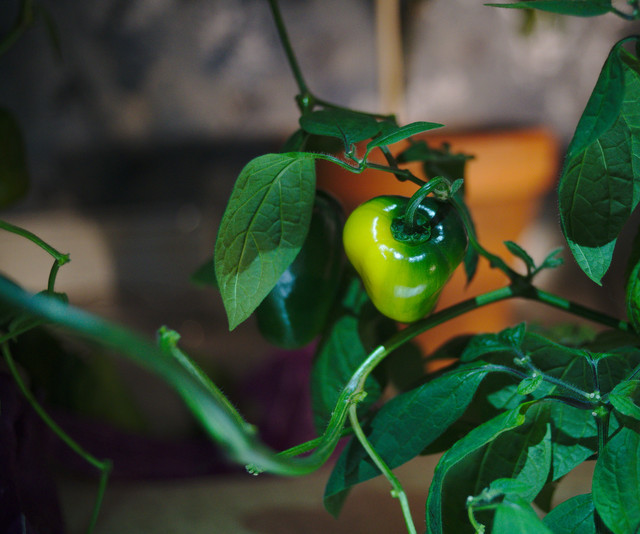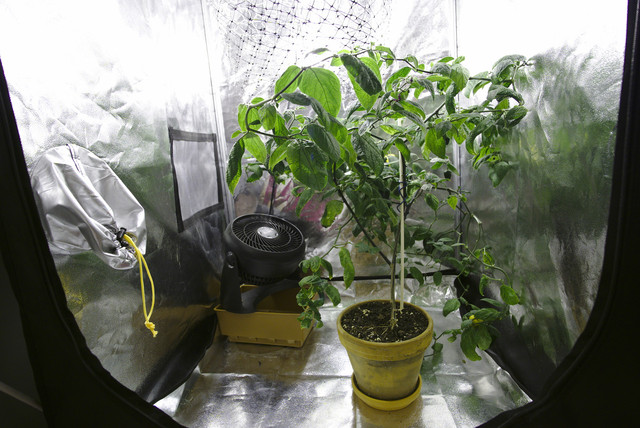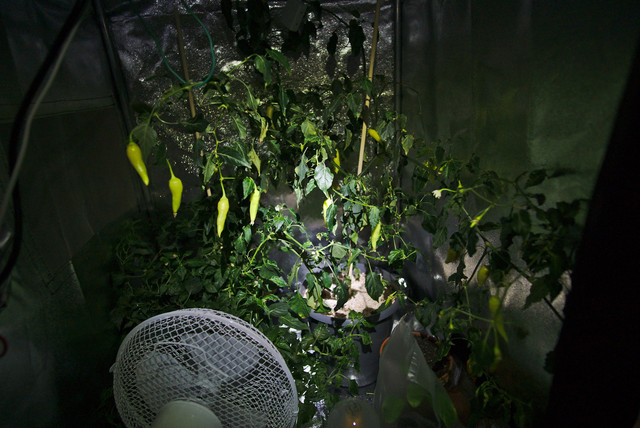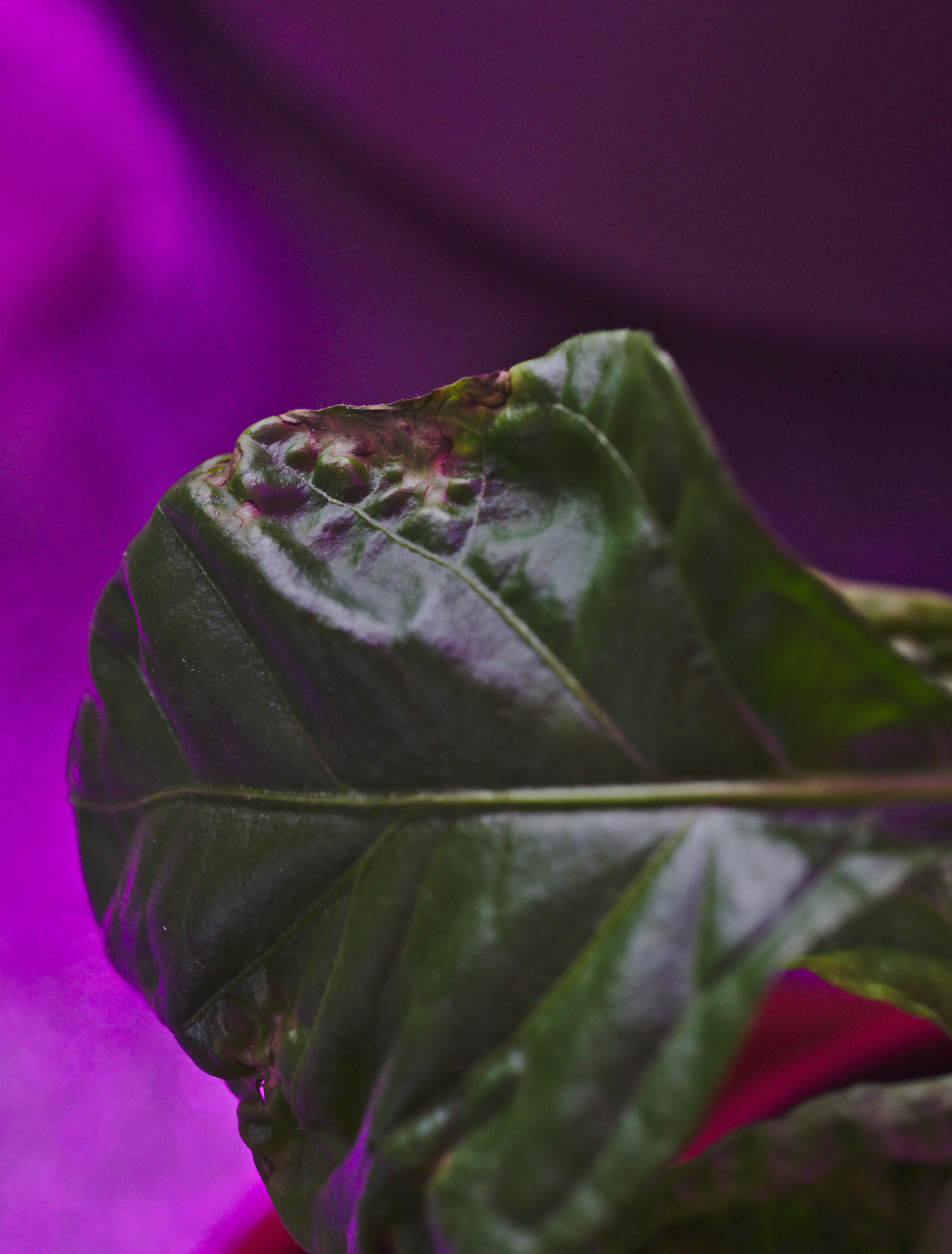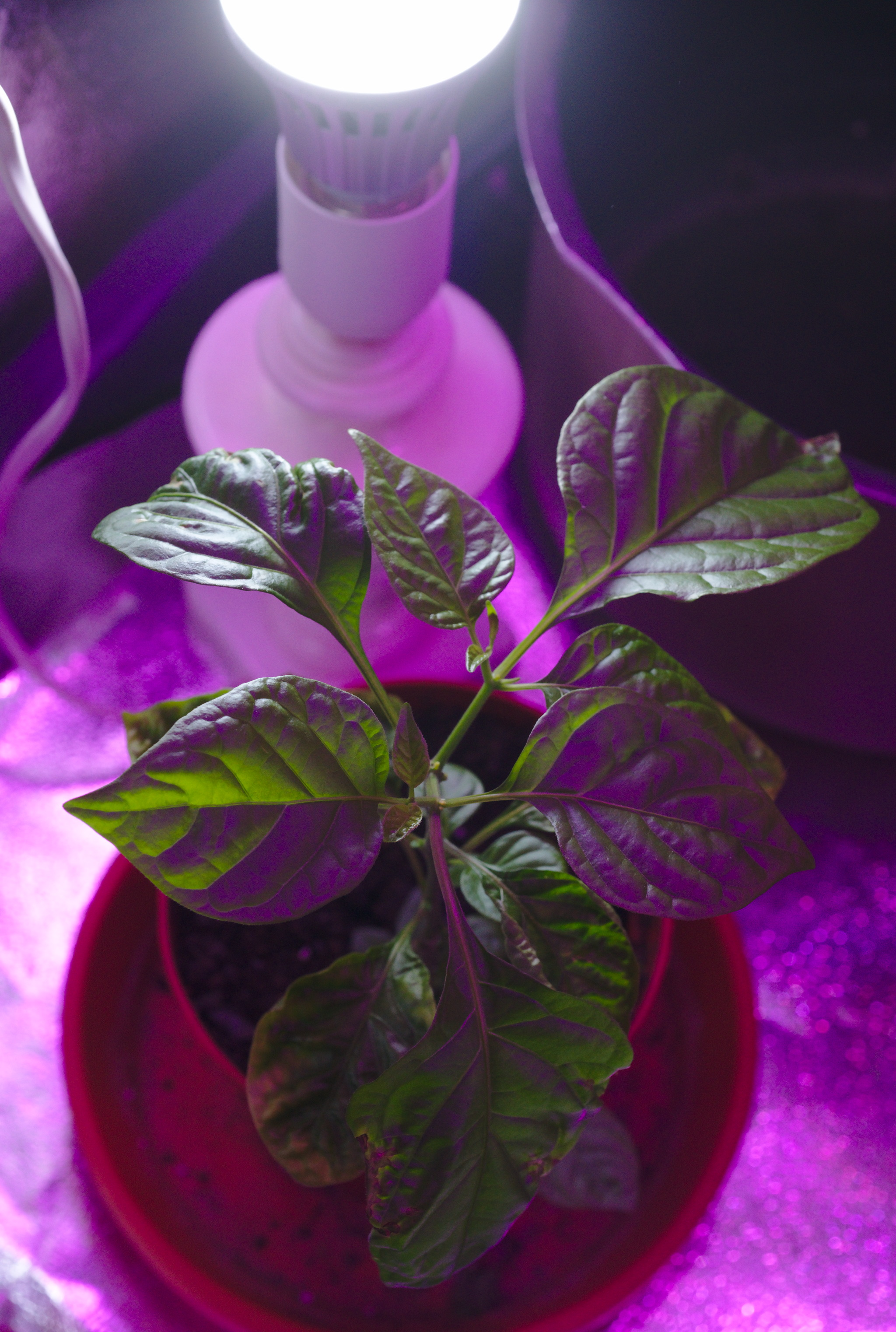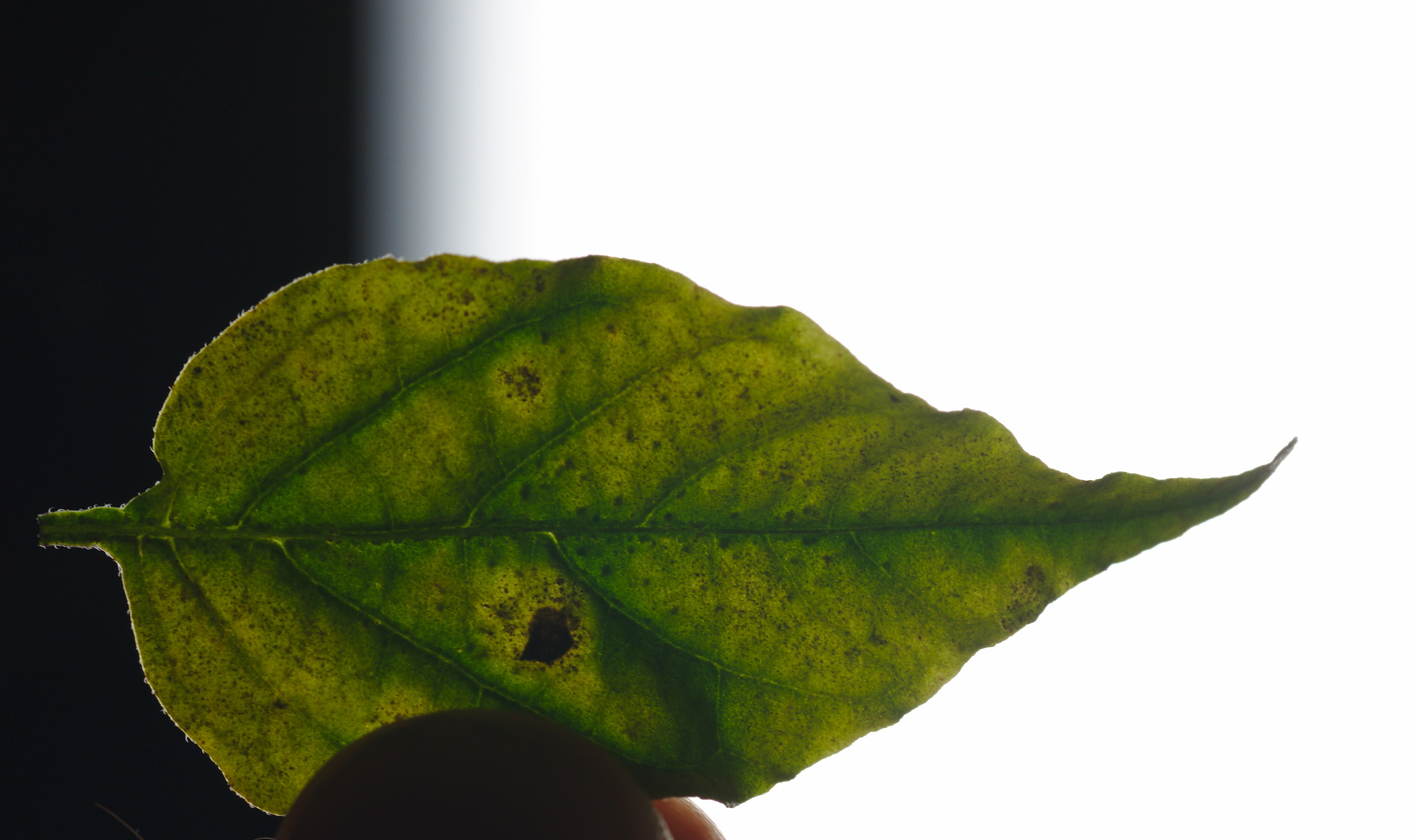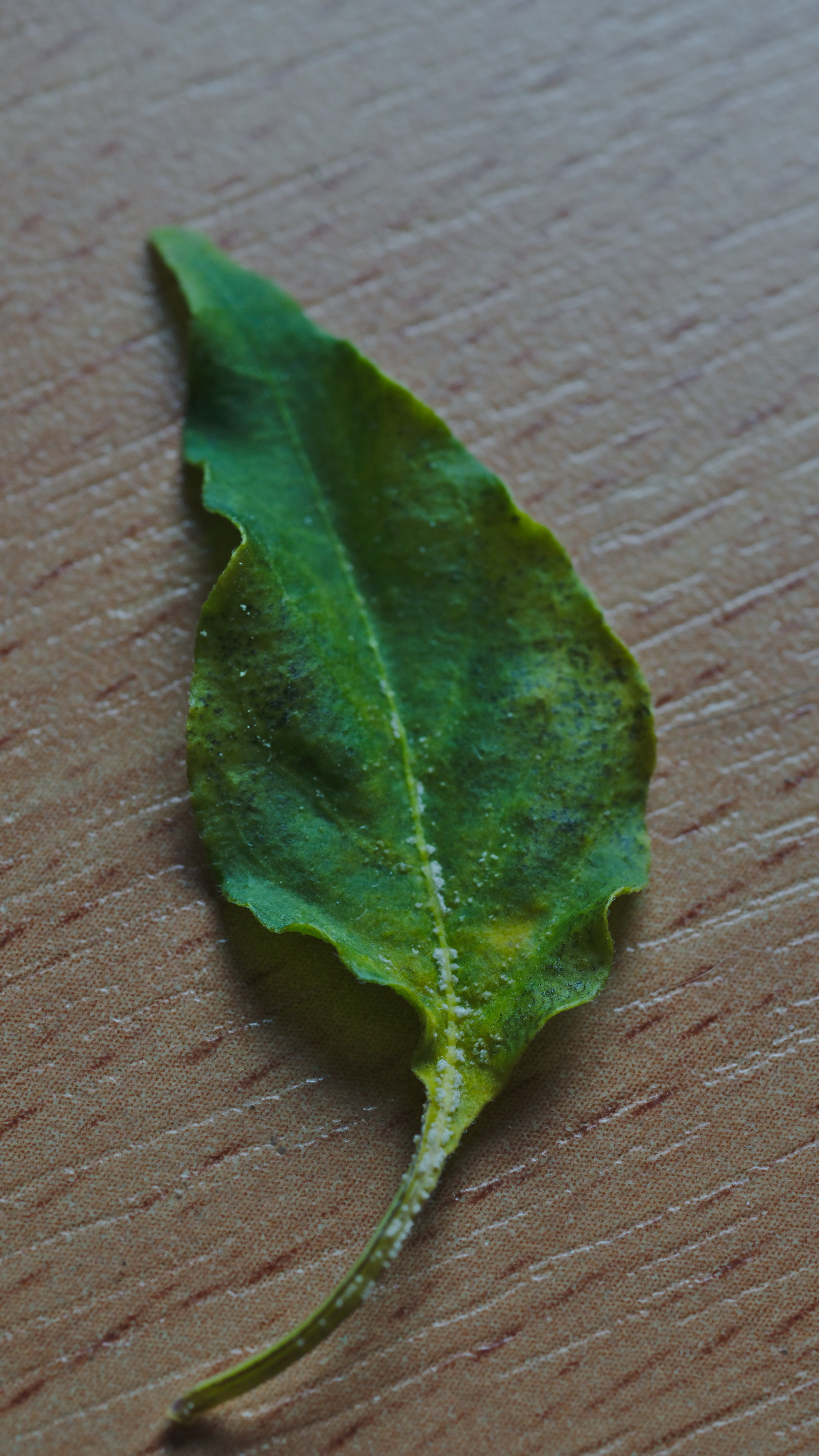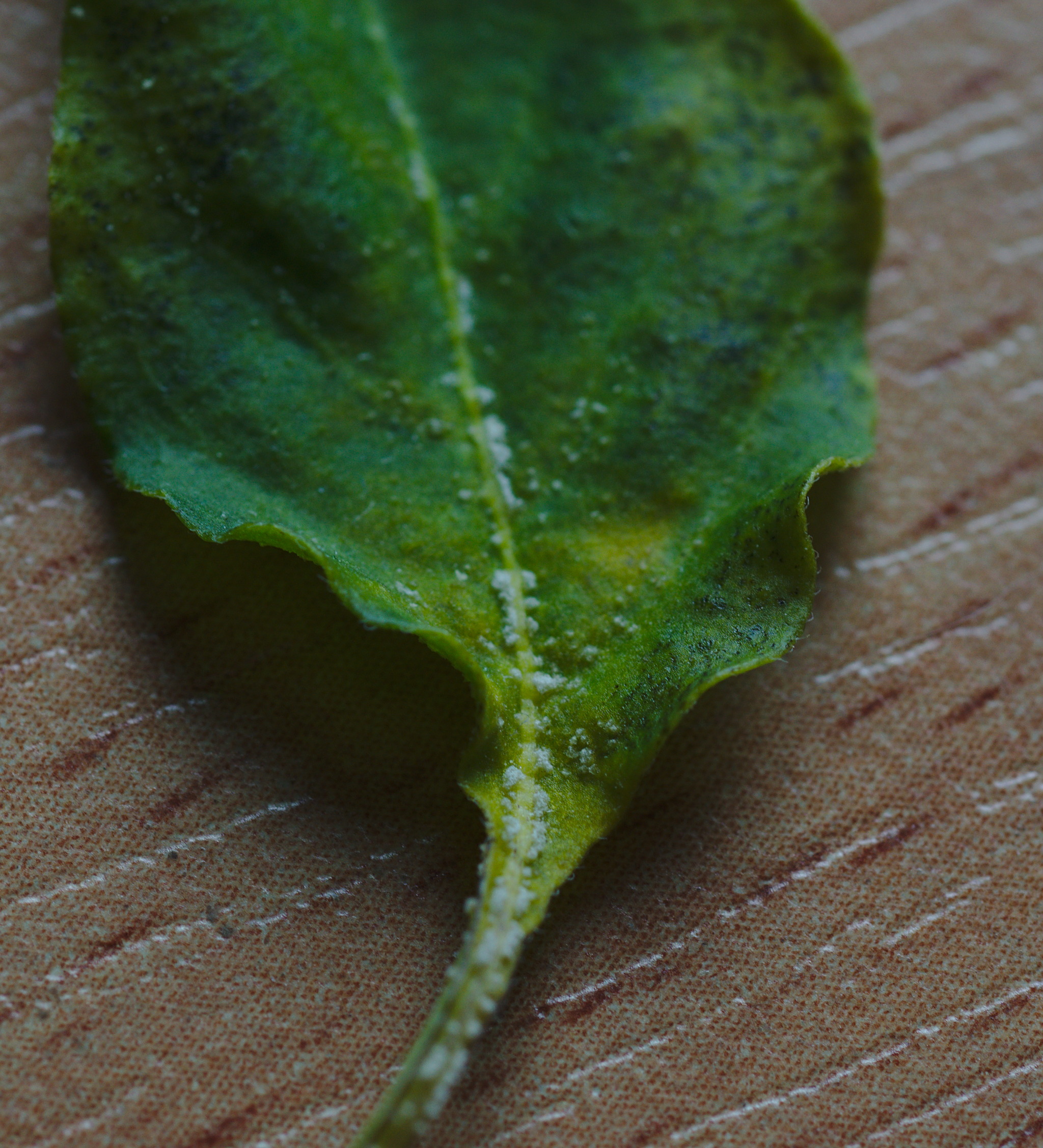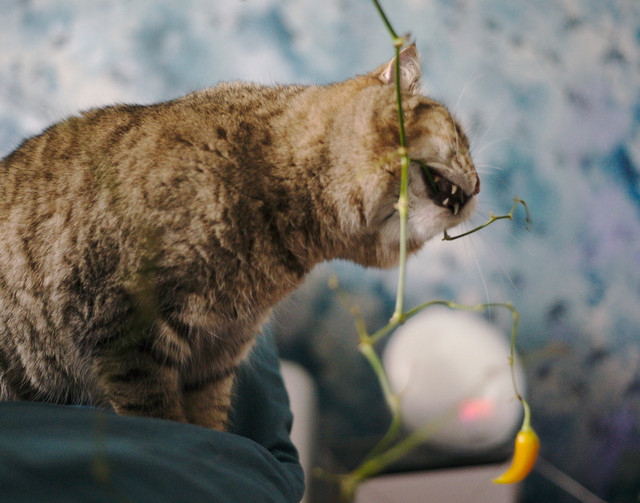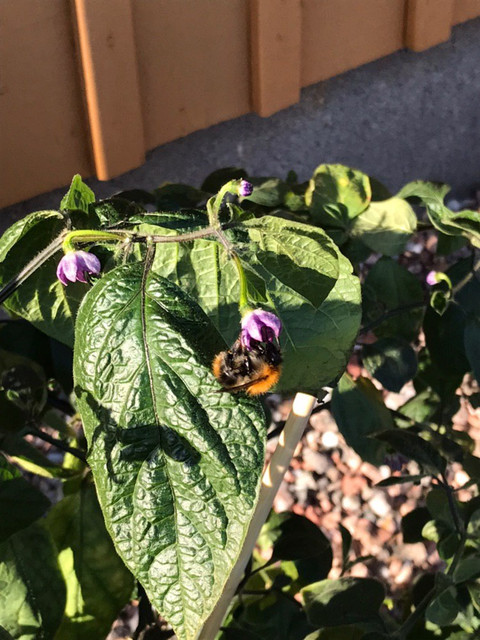Hi,
Some may recall the first ever kind of successful indoor grow I made (the glog is on this forum). It was less succesful because chinense like humidity and it took some time before I understood that. With two 10l "hempy buckets" they had too much room to grow and my 80*80*160cm grow tent with a vertical HPS turned into a jungle. Some fruits were however produced.
--
In this edition I'm running the same 80*80*160cm tent, plus a 60*60*140cm tent.
The larger tent has two 5l buckets (vermiculite and perlite) and two baccatums: Aji mango and aji pineapple;
the smaller tent has a clay pot with soil and a yellow rocoto plant. There is no HPS light to start with, instead there's a 50w Growking LED and a supplemental G4 (2,6W 6000k and E27 (10W 6000K) in the larger tent and an Airam mostly white LED E27 (10W 4000k) and a 7W blue and red E14 light in the smaller tent.
The inline fans are on top of the tents now, not inside, for more plant space.
The ajis initially grew much faster (in soil in a sunny window) than the Rocoto but were catacked at an early stage and lost about 50% of their leaves. They did recover but by then the rocoto had gained steam.
The rocoto gets ph-adjusted water and the ajis a mixture of about equal amounts of Floramicro and Floramato.
Today:
As it stands the ajis have been their tent for a month now and they are looking a little weird (They were straighter and with less four/two-pair leaf nodes that look a little like heads). Had to get support for them to try and grow straight as they were turning into hunchbacks.
The rocoto plant is looking pretty healthy so far.
--
As the indoor humidity drops with the onset of later autumn and winter I will run a humidifier in the room where the tents are (my bedroom - small apartment). If they get to the fruiting stage I shall introduce the 250W HPS into the larger tent with the ajis.
Some may recall the first ever kind of successful indoor grow I made (the glog is on this forum). It was less succesful because chinense like humidity and it took some time before I understood that. With two 10l "hempy buckets" they had too much room to grow and my 80*80*160cm grow tent with a vertical HPS turned into a jungle. Some fruits were however produced.
--
In this edition I'm running the same 80*80*160cm tent, plus a 60*60*140cm tent.
The larger tent has two 5l buckets (vermiculite and perlite) and two baccatums: Aji mango and aji pineapple;
the smaller tent has a clay pot with soil and a yellow rocoto plant. There is no HPS light to start with, instead there's a 50w Growking LED and a supplemental G4 (2,6W 6000k and E27 (10W 6000K) in the larger tent and an Airam mostly white LED E27 (10W 4000k) and a 7W blue and red E14 light in the smaller tent.
The inline fans are on top of the tents now, not inside, for more plant space.
The ajis initially grew much faster (in soil in a sunny window) than the Rocoto but were catacked at an early stage and lost about 50% of their leaves. They did recover but by then the rocoto had gained steam.
The rocoto gets ph-adjusted water and the ajis a mixture of about equal amounts of Floramicro and Floramato.
Today:
As it stands the ajis have been their tent for a month now and they are looking a little weird (They were straighter and with less four/two-pair leaf nodes that look a little like heads). Had to get support for them to try and grow straight as they were turning into hunchbacks.
The rocoto plant is looking pretty healthy so far.
--
As the indoor humidity drops with the onset of later autumn and winter I will run a humidifier in the room where the tents are (my bedroom - small apartment). If they get to the fruiting stage I shall introduce the 250W HPS into the larger tent with the ajis.





 but whenever leaves
but whenever leaves


